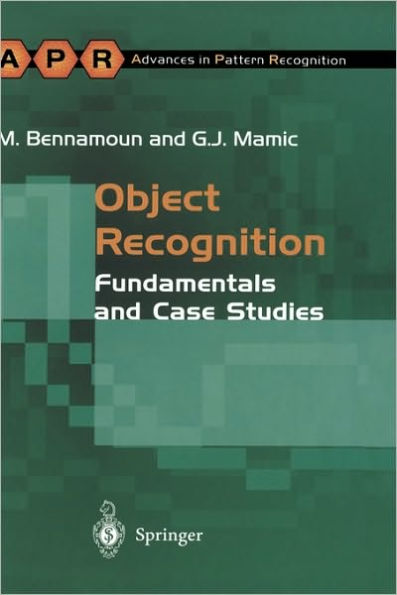5
1
9781852333980


Object Recognition: Fundamentals and Case Studies / Edition 1 available in Hardcover

Object Recognition: Fundamentals and Case Studies / Edition 1
- ISBN-10:
- 1852333987
- ISBN-13:
- 9781852333980
- Pub. Date:
- 02/05/2002
- Publisher:
- Springer London
- ISBN-10:
- 1852333987
- ISBN-13:
- 9781852333980
- Pub. Date:
- 02/05/2002
- Publisher:
- Springer London
169.99
In Stock

Product Details
| ISBN-13: | 9781852333980 |
|---|---|
| Publisher: | Springer London |
| Publication date: | 02/05/2002 |
| Series: | Advances in Computer Vision and Pattern Recognition |
| Edition description: | 2002 |
| Pages: | 350 |
| Product dimensions: | 6.10(w) x 9.25(h) x 0.24(d) |
From the B&N Reads Blog
